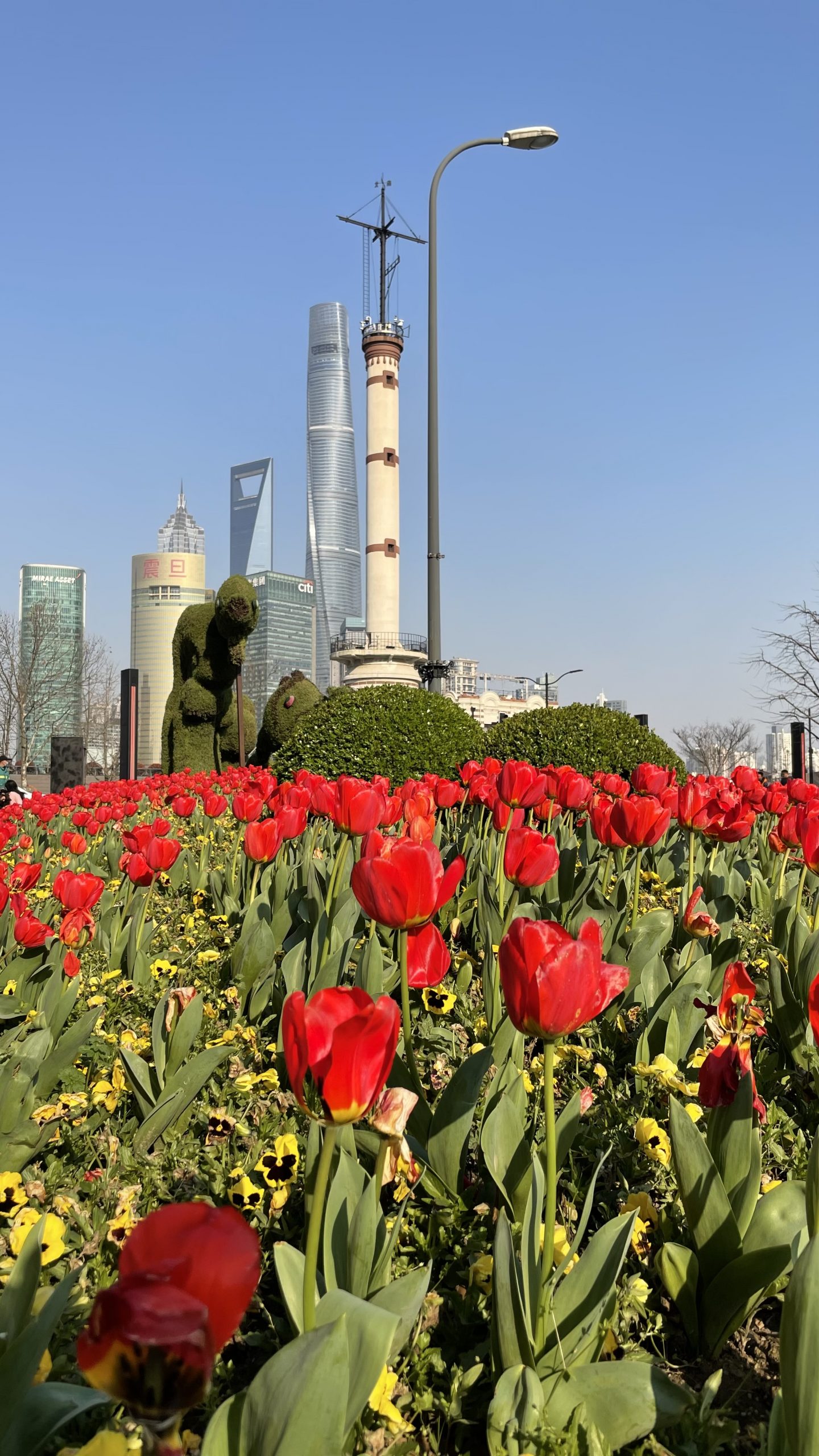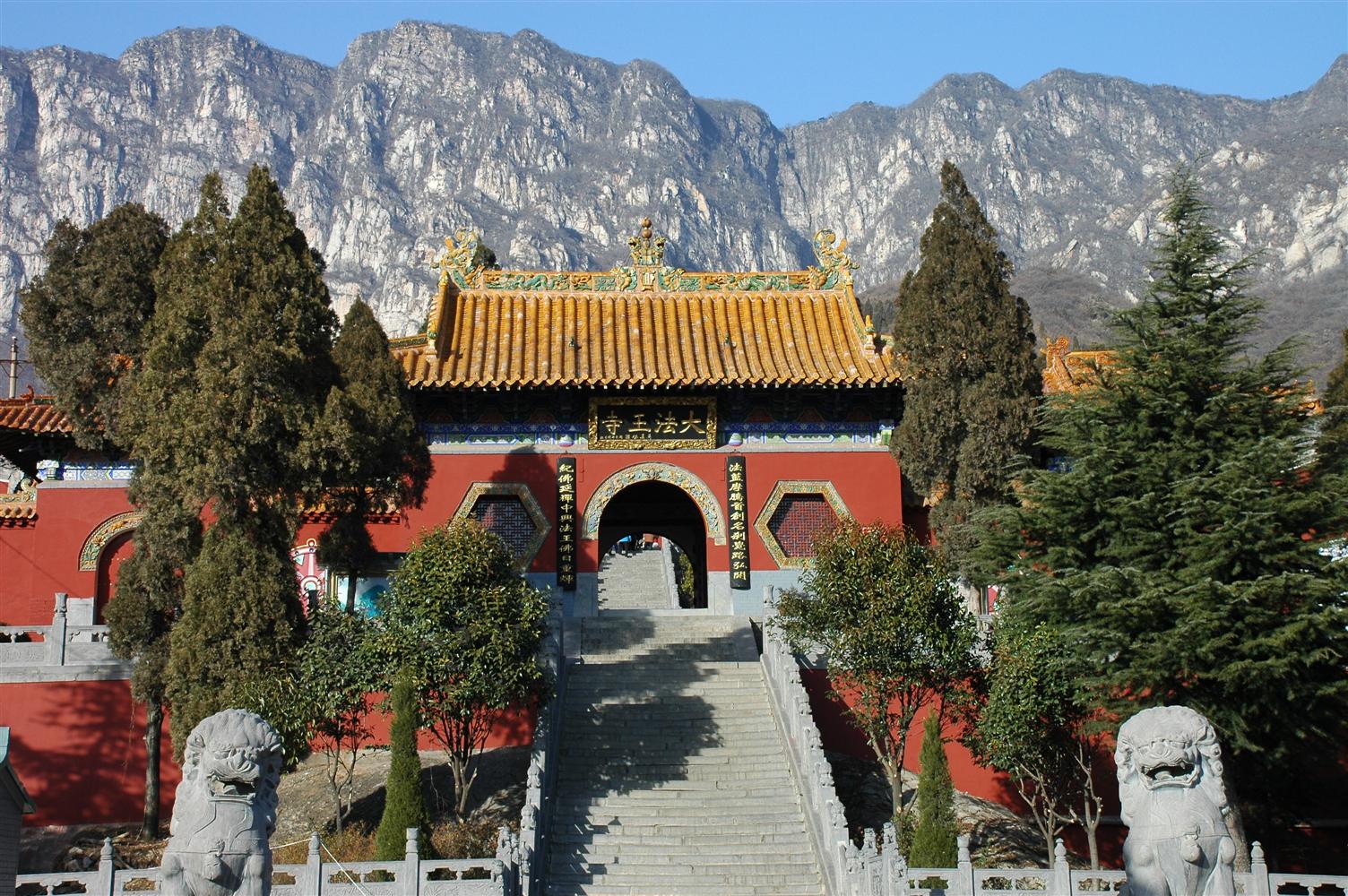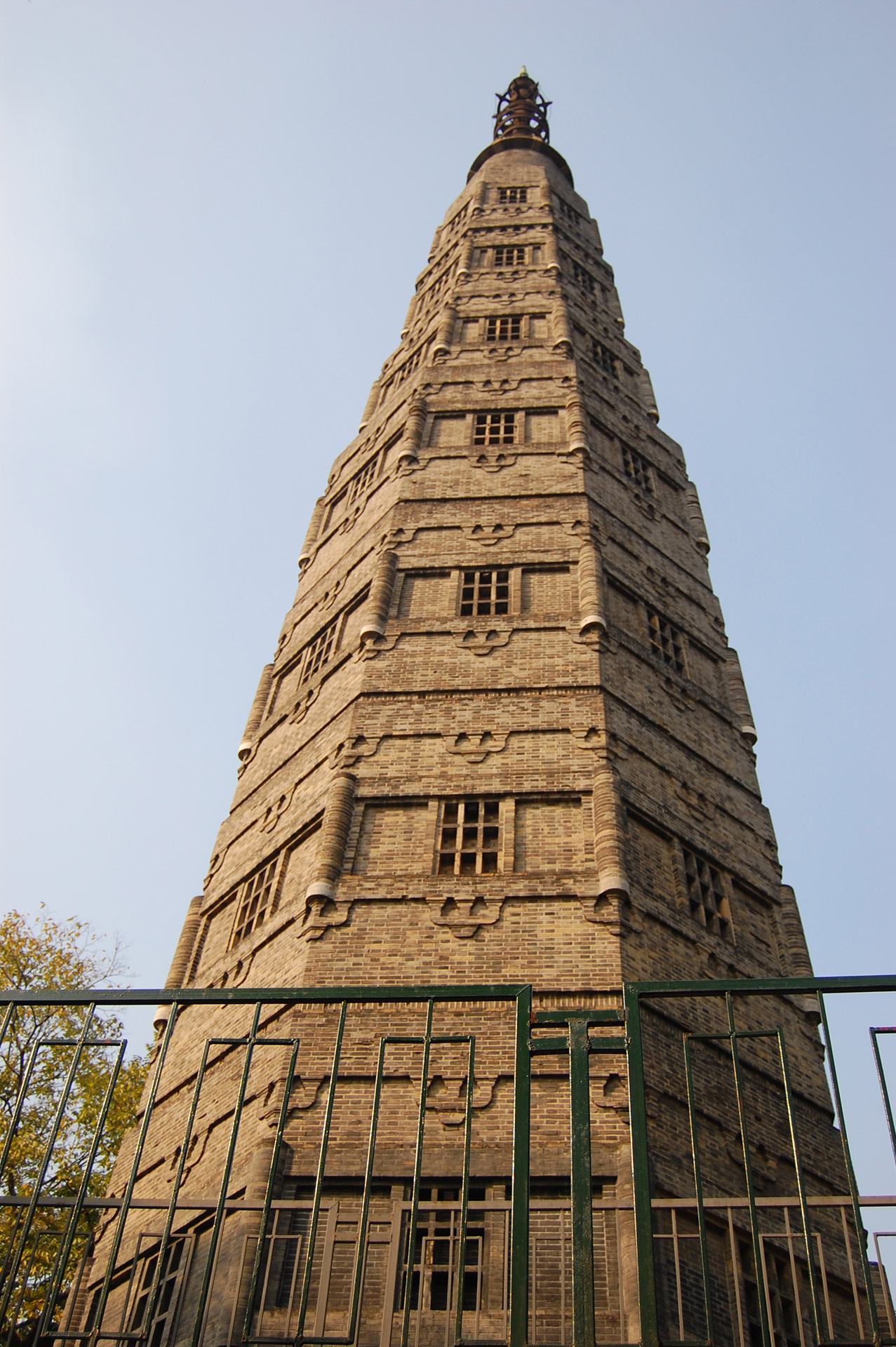Shanghai City

Shanghai (Ch. 上海) is a harbour city located on China’s central coast. Shanghai has been called “the Paris of the East” due to its vibrant urban culture.
Read more
Shanghai’s local language, known as “Shanghai dialect” (Ch. 上海话), is the mother tongue of about 10 million people, primarily in Shanghai proper. Even within Shanghai dialect, there are many linguistic differences; people from different areas of the city Shanghai dialect with different accents! According to Shanghai locals, people who are unfamiliar with Shanghai dialect, or hear it spoken very quickly, sometimes mistake it for Japanese.
Henan Province

Henan (Ch. 河南) is a province in central China. The Yellow River runs right through it. One local language spoken in Henan is called 河南话, or “Henan dialect.” Henan dialect has around 160 million speakers.
Read more
People from different cities in Henan speak Henan dialect with different accents. Henan dialect has been used in some official government settings in China for over five thousand years. Linguistically, it is closely related to standard Mandarin Chinese, China’s official state language. Therefore, Henan dialect is easy for most people from mainland China to understand. If you speak or are learning Mandarin, you might notice that some of the tones are different in Henan dialect than in Mandarin!
Anhui Province

Anhui (Ch. 安徽) is a province in east-central China. The name of the province combines the first syllables of the names of two major cities: Anqing, and Huizhou (now known as Huangshan). Anhui was established as a province during the Qing empire, under the reign of the famed Kangxi Emperor. Most inhabitants of Anhui speak mutually intelligible varieties of Mandarin. The most common language variety is known by linguists as “Lower Yangtze Mandarin” (Ch. 下江官话). This variety served as the official government language during the Ming and early Qing dynasties, before the development of standard Mandarin based on Beijing’s dialect. Today, an estimated 70 million people speak Lower Yangtze Mandarin as their mother tongue.
Read more
Anhui is also the homeland of the Hui dialect (Ch. 徽州话), a variety of Mandarin spoken in the historical Huizhou region of southern Anhui. Anhui is also home to smaller numbers of speakers of Gan (Ch. 赣语 or 江西话), the mother tongue of an estimated 22 million people in the adjacent province of Jiangxi, and Wu (Ch. 吴语), the dialect most commonly found along China’s south-central coast.